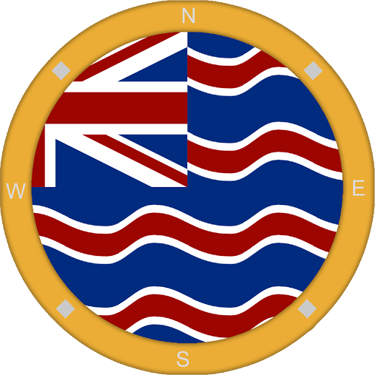
British Antarctic Territory
General information
The British Antarctic Territory (BAT) is the vast wedge that extends up from the South Pole, bound by 20°W and 80°W, to 60°S. It is the largest of the UK Overseas Territories with its landmass of over 1,700,000 km2. Conditions in the BAT, however, are very harsh – for instance, around 99% of it is covered by ice – so, rather predictably, there is no indigenous nor permanent population.
The UK has the longest established claim to territory in the Antarctic, with letters patent having been issued in 1908. Nevertheless, the Antarctic Treaty, signed in 1959 and passed in 1961, holds all territorial sovereignty in Antarctica in abeyance and provides an internationally agreed regime for the continent’s governance. In so doing, the Treaty promotes the freedom of scientific research and the peaceful use of the continent.
What’s more, the Antarctic Treaty has, over the years, gained a number of related agreements, and therefore developed into the more comprehensive Antarctic Treaty System. For instance, there is the Environment Protocol, signed in 1991 and passed in 1998, which daubs Antarctica as a natural reserve, devoted to peace and science. This Protocol echoes and bolsters the Treaty in ways that promise to better protect the continent’s special wildlife and environments. In all, given that the Treaty and its related agreements have now preserved Antarctica for science and peace for over 50 years, they are arguably one of the world’s most successful bodies of international agreements.
Nowadays, BAT administrators take pride in ensuring that the historic leadership shown by the UK in early Antarctic exploration and scientific endeavour is matched by effective governance and international engagement across the whole range of Antarctic issues. Plus, the UK, predominantly through the world-leading research of the British Antarctic Survey (BAS), continues to push the boundaries of our knowledge of the incredible and globally important wildlife and environments of the BAT and other polar regions.
Governance
The Government of the BAT is staffed by personnel of the Polar Regions Department of the Foreign, Commonwealth and Development Office (FCDO) of the UK Government. Key figures include the Commissioner, who, since 1989, has been appointed by the Foreign Secretary, the Deputy Commissioner, and the Administrator. Prior to this arrangement, the BAT was administered from the Falklands Islands as a British Dependent Territory (1962-1989) and, before this, as a Falkland Islands Dependency (1908-1962).
The Commissioner of the BAT is responsible for appointing officers, such as the Chief Justice and Senior Magistrate, and has powers to make laws, subject to certain conditions. The laws of the BAT are in line with, and implement, international regulations under the aforementioned Antarctic Treaty System and other relevant international instruments.
Economy
The BAT is self-financing. Its main sources of revenue include the sale of postage stamps and coins, the vast majority of which are shipped overseas to collectors, and income tax from researchers and others. The BAT also benefits from tourism, like to the base at Pork Lockroy, which is managed by the UK Antarctic Heritage Trust. The majority of BAT revenue is reinvested into projects that support the BAT strategy; for instance, projects that protect the environment, conserve British heritage, and promote education and outreach.
Environment
Environmental protection is an integral part of the BAT’s strategy and amongst its highest priorities. After all, the BAT and wider Antarctic contain some of the most remarkable natural, and wild, places in the world. The BAT supports hundreds of species of hardy flora, but only two species of flowering plant: the Antarctic hair grass and the Antarctic pearlwort. Rather famously, the BAT is home to several species of penguin, including Adélie, chinstrap, gentoo, and macaroni penguins, as well as the tallest and heaviest of all living penguins, the emperor penguin. There are also highly aggressive giant petrels, or stinkers, and several species of seal and great whale.
The environments of the BAT and wider Antarctic, moreover, have profound and widespread effects on the world’s ocean and climate systems. For instance, the cold and salty waters in the region sink deep into the ocean, and thus drive a conveyor belt of oceanic heat around the globe. Also, the high contrast in the reflective properties of the white areas of ice and the dark seas has a key role in regulating the climate, and the Southern Ocean is highly effective at absorbing CO2.
The BAT and wider Antarctic, however, contain some of the most vulnerable areas to climate change in the world. The BAT’s Antarctic Peninsula, for instance, saw its temperatures climb by more than 3C during the second half of the 20th century; more than three times that of the global average. This makes it one of the fastest warming, and thus most rapidly changing, places on the planet. Such changes impact the wildlife and wider ecosystems in situ, as well as, perhaps far more ominously, impact places further afield; for instance, by causing sea levels to rise. Furthermore, the changes caused by climate change in the BAT and wider Antarctic will even drive an increase in climate change itself. Concerted efforts are therefore underway to improve our understanding of the wildlife and environments of the BAT and wider Antarctic. The BAS is central to such research (see Research section).
Research
One of the primary activities that takes place in the BAT is scientific research, as per the Antarctic Treaty and its onus on the freedom of investigation in Antarctica and cooperation towards that end. The BAS, the UK’s national polar research institute, sits at the forefront of research into the wildlife and environments of the Territory and other polar areas. Central to BAS activities are the BAT’s permanently operated research stations of Halley and Rothera, and the summer research station of Signy. There are two logistics facilities at Fossil Bluff and Sky Blu. Plus, the BAS operates the RRS Sir David Attenborough and a handful of aircraft, and receives support from the Royal Navy through the ice patrol ship, HMS Protector.
Research conducted in the BAT, and other polar regions, can have immense value. Research on sustainable offtakes and invasives, for instance, can enable us to develop and implement better practices in situ. What’s more, research into how polar-related processes can affect the planet’s ocean and climate systems can yield insights with global relevance (e.g., changes in sea levels) and thereby be of use to bodies across the world in their attempts to plan and prepare effectively for the future.
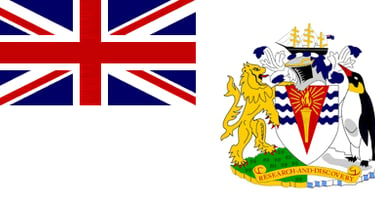

Location

Antarctica – wildlife and heritage
British Antarctic Territory flag


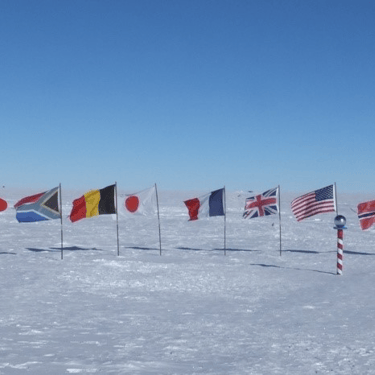


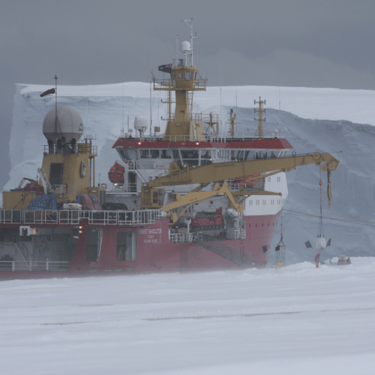
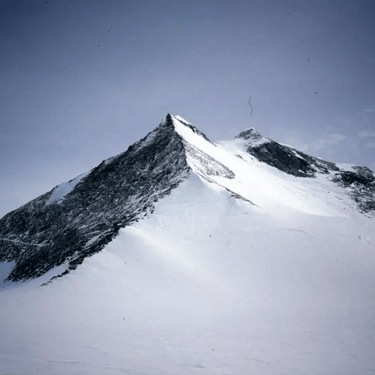
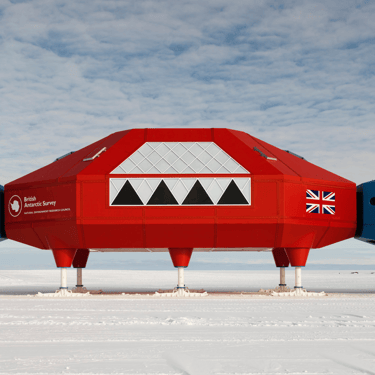
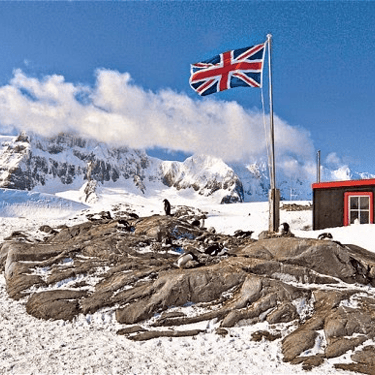
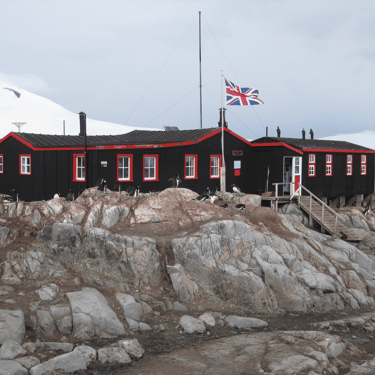
Key facts
> Permanent Human Population - 0
> Tourists per Year - 30,000-40,000
> Historic Sites and Monuments - 26
> Administration - Government of the British Antarctic Territory, staffed by personnel of the Polar Regions Department, Foreign, Commonwealth and Development Office, UK Government (https://www.britishantarcticterritory.org.uk/).
> Notable Organisations - British Antarctic Survey (https://www.bas.ac.uk/) and UK Antarctic Heritage Trust (https://www.ukaht.org/).


